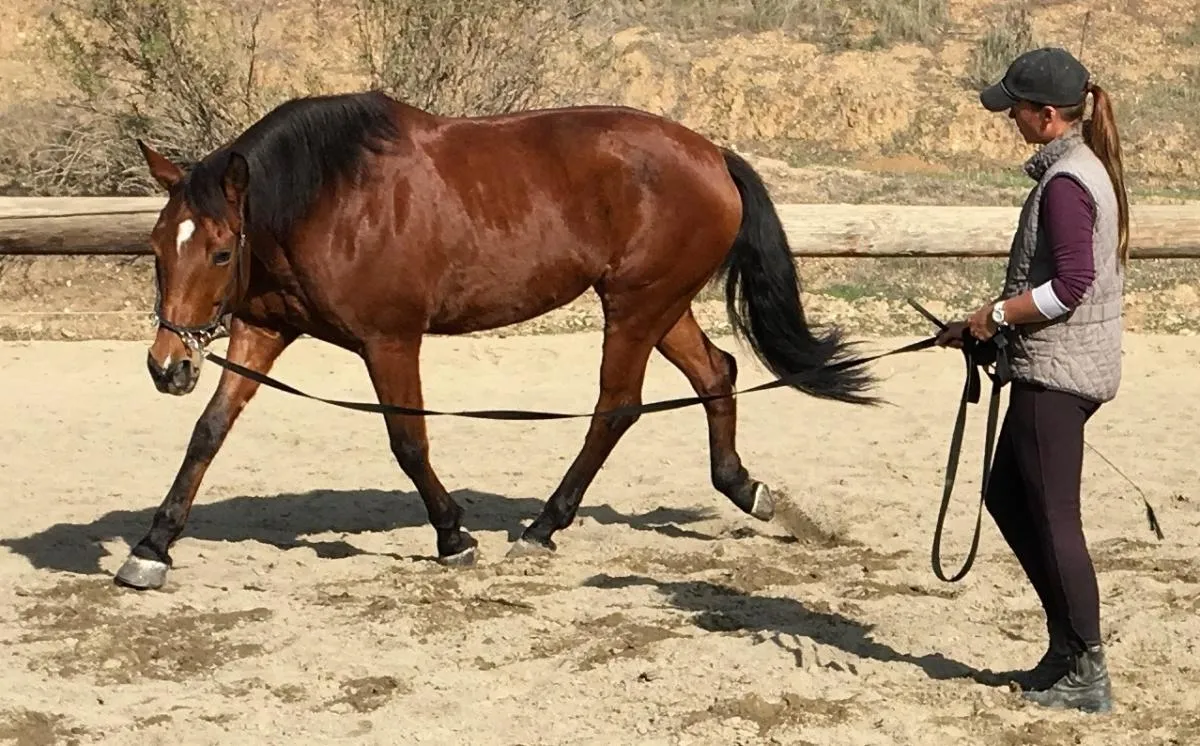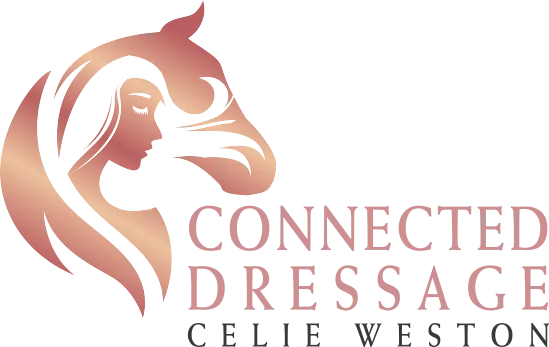
Lightness & Straightness
Why is Lightness & Straightness important for your horse?
Lightness:
Unlike us, horses are born without clavicle bones (collar bones), which means that there is no bone to bone structure that connects the forelimb to the rest of the skeleton or stabilizes the chest. Instead the chest cavity is supported by muscles and ligaments, which allows for greater freedom of movement, but also makes it vulnerable to soft tissue damage.
When a rider mounts the horse, the withers will sink up to 1-1.5 inches from the lack of collar bone.
This can happen no matter whether the rider is light or heavy.
The sinking withers cause a painful condition called kissing spine. When the withers sink, the tips of the vertebrae move closer together and can touch each other causing serious pain. If this condition is continued long enough calcification sets in and the condition becomes permanent, like a form of arthritis.
A 900 pound horse will carry 2/3 of his total weight on the forehand (600 pounds) and 1/3 of their total weight on the haunches (300 pounds). When a rider mounts (example 150 pounds) the forehand will be supporting 750 pounds compared to only 300 in the rear. This adds a lot of excess stress to the forelimbs and easily results in injuries, especially during movements involving speed and turns as the horse is heavily on the forehand.
Lightness teaches the horse how to lift his withers, strengthening the muscles and ligaments and allowing the vertebrae more space eliminating the chance of kissing spine. Lifting the withers automatically transfers the weight backwards and begins the journey of bending the hind limb joints and tucking the pelvis to develop collection.
Straightness:
Horses are born right or left handed, just like us. Or you might choose to call them “one side dominant”. This usually means that the horse prefers to use one side more than the other, overdeveloping some muscles and under developing others, leaving the overall muscle structure asymmetrical. One side is often “soft” and the other “stiff”.
The horse will tend to take a “C” shape, bending easily in one direction and not in the other. The inside hind leg on the bent side will tend to push weight toward the diagonal front leg, causing that front leg and shoulder to fall out or in on a circle.
This can be a very frustrating experience for a rider trying to ride a straight line or a perfect circle.
On top of that the forelimb or shoulder carrying excess weight will also be more likely to develop injuries and so will the pushing hind leg, as the hock and stifle joints are often twisted when the horse pushes off against the ground.
Straightness teaches the horse how to bend more equally in both directions. As the horse bends better, the hind legs are used more equally and become carrying instead of pushing thereby avoiding injuries. When the horse bends, it is also easier for the hind limb to take bigger steps and reach further forward toward the point of weight successfully lifting the weight of the chest and rider.
When the hind leg can take on more weight, the forelimbs get a much needed break from carrying excess weight. They become light and dancing and injuries to the front legs are diminished or eliminated.
Email [email protected] for more info on how You Can Empower Your Horse Through Lightness & Straightness!
Ride with Lightness
Celie xo
Ready to get the help you need and excel on your lightness journey?
Sign up for a FREE Lightness Strategy Session Online with Celie.
Click on the link above to schedule!
© Copyright 2025 ArtfulRiding.com / Privacy Policy

